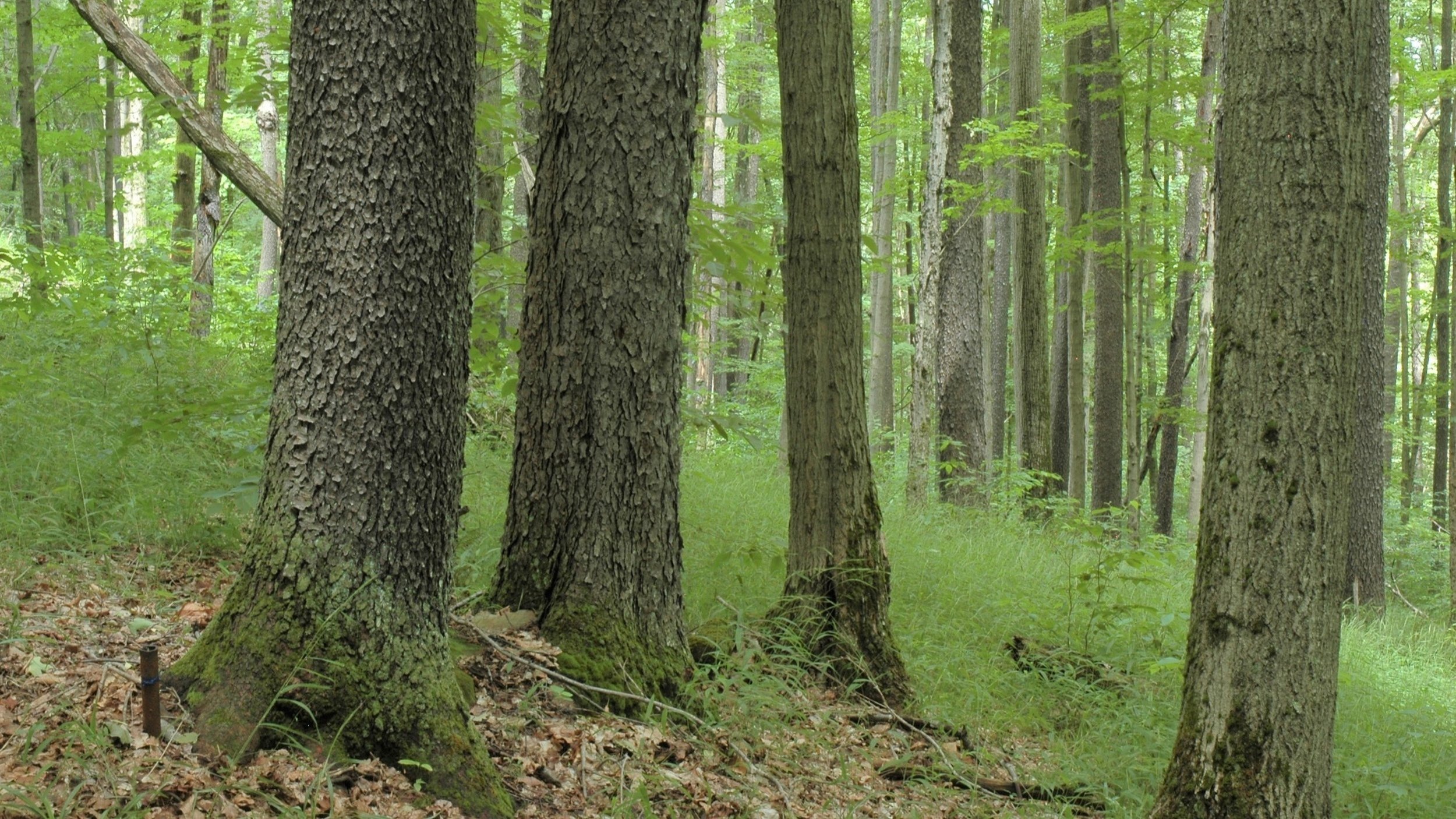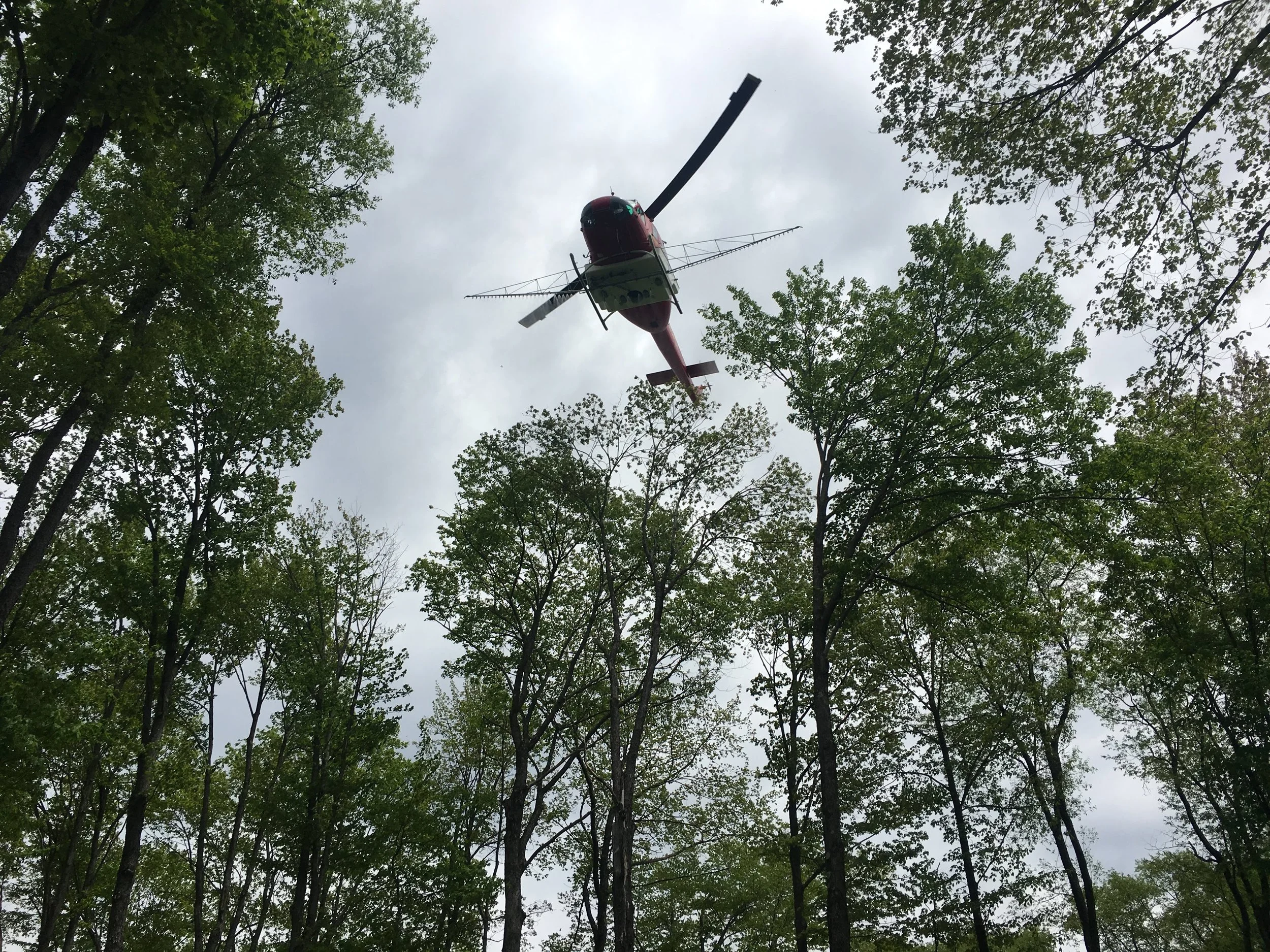
Sustaining Allegheny Hardwood Forests
Reid Garrison standing in a fertilized experimental unit where black cherry was promoted (above). In unfertilized units, black birch was the dominant species (below).
I study what sustains the health and diversity of Allegheny hardwood forests. For nearly two decades, I’ve focused on how these forests regenerate—and what threatens that renewal. My research explores invasive species, deer browsing, changing soil conditions, and the overlooked role of vegetative reproduction.
A major focus has been the decline of black cherry, a keystone species in this ecosystem. Drawing on long-term studies, my team traced the problem to falling nitrogen levels and disruptions in soil microbial communities—factors also linked to the rise of black birch.
These findings are helping shape regional forest management. The 50+ member Allegheny Forest Health Collaborative has identified the sustainability of this forest type as a leading ecological and economic priority.
In a new experiment, our research team is testing whether aerial fungicide applications and fertilization,can promote black cherry seedlings.
Representative publications
Royo, A. A., Vickers, L. A., Long, R. P., Ristau, T. E., Stoleson, S. H., & Stout, S. L. (2021). The forest of unintended consequences: Anthropogenic actions trigger the rise and fall of black cherry. BioScience, 71(7), 683–696. PDF



